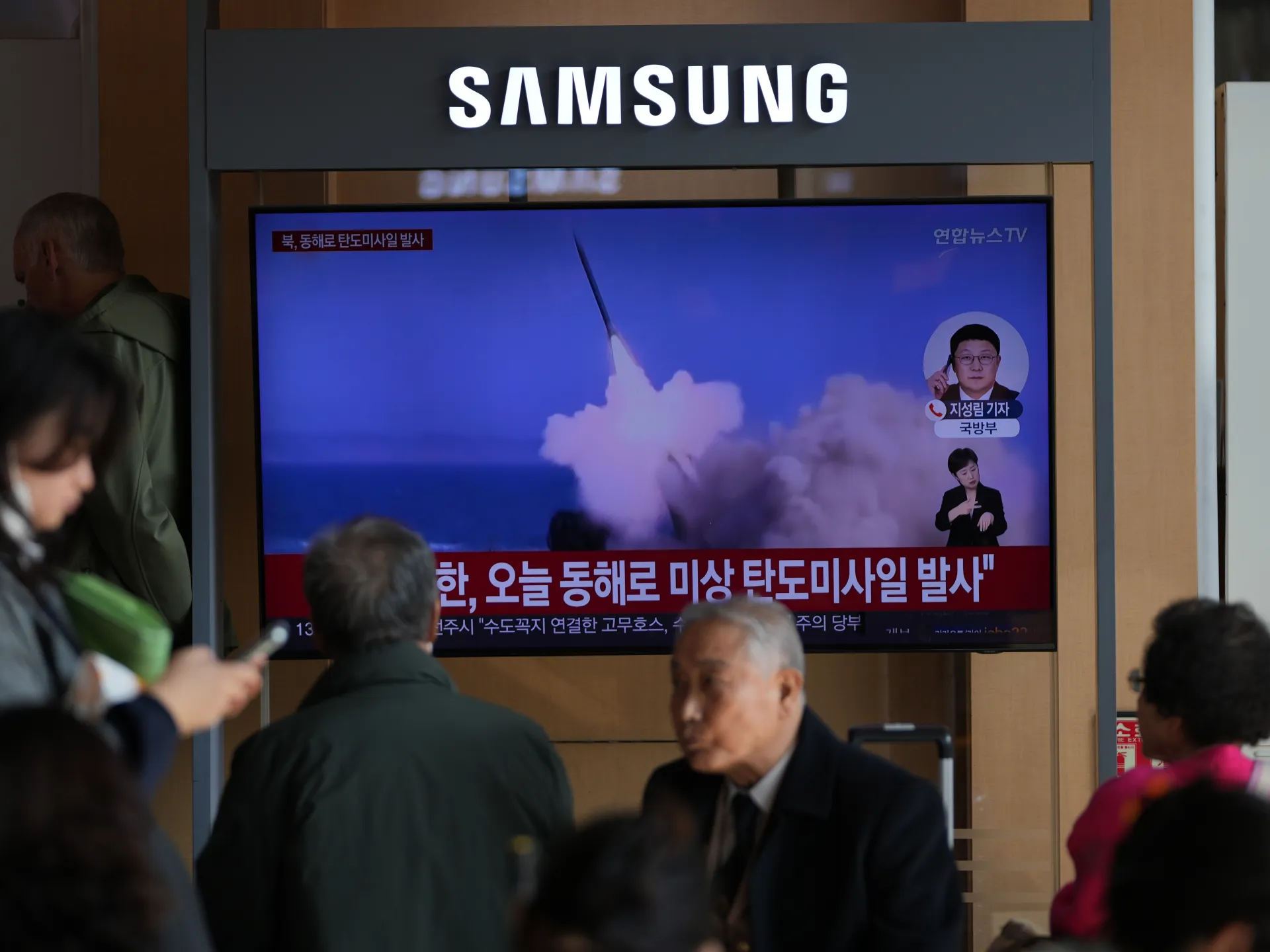MSF, Katsina Government, Others Mobilise Action Against Malnutrition Crisis in Nigeria
In July, the humanitarian organisation Médecins Sans Frontières (MSF) revealed that Nigeria’s northwestern region is facing an alarming malnutrition crisis, with Katsina State at the epicentre, and is currently witnessing a surge in admissions of malnourished children. It was not the first time the organisation had raised the alarm. It had also done so several times in the past year.
Against this backdrop, government leaders, international organisations, and civil society convened in Abuja, the federal capital city, on Thursday to mobilise against the escalating crisis in the region.
Hosted by the Katsina State Government, the Northwest Governors Forum, and MSF, the event drew participation from the Office of the Vice President, UNICEF, WFP, the World Bank, the INGO Forum, ALIMA, IRC, CS-SUN, and the European Union.
MSF’s country representative, Ahmed Aldikhari, noted that 2025 has been flagged as the worst, recording the highest cases of malnutrition in the last five years.

“We are here to highlight the situation and solidify commitments, collaborations, and engagement from all partners and government officials.”
He echoed a silent sentiment: “We acknowledge that resources are invested in conferences like this, but the real solutions lie within the communities. So, we must go beyond the hall and get practical in finding real solutions.”
HumAngle had reported the broader impact of this crisis, noting that displacements, armed conflicts, limited access to healthcare, and climate change have compounded the nutritional emergency. In one of our reports, we documented how 30 per cent of children under five in Katsina’s Jibia and Mashi local government areas are suffering from acute malnutrition.
Most recently, HumAngle produced a 21-minute-long conversation via The Crisis Room, a monthly podcast series that focuses on crisis signalling and explores existing responses and solutions to crises in Nigeria. The conversation with the state’s MSF coordinator focused on the state’s malnutrition crisis—where aid workers fight to save lives on the edge.
Despite these reports, malnutrition in Katsina and northwestern Nigeria remains dire with limited systemic change.
While reacting to MSF’s latest report on the scale of the issue in Katsina state, the governor said he saw it as an opportunity to find feasible solutions to the crisis in the state.
“Instead of criticising the latest MSF report on malnutrition, my administration saw it as a call to action for confronting the crisis head-on. To address this challenge, we set up a high-level committee to investigate the root causes of malnutrition across the state,” he said.
“We are promoting local production of therapeutic foods such as Tom Brown to reduce dependency on imports, distributing thousands of food baskets to at-risk families, and training hundreds of women to produce nutritious meals at the community level.”
However, the commercialization of Tom Brown and other therapeutic food is a present threat that has been documented all over the country, and was highlighted in his speech. This suggests that beyond making the foods available, the distribution process needs to be strengthened.
The federal government’s concerted efforts are also needed for an enduring impact, an area many, especially displaced people, have found insufficient. Uju Vanstasia Anwukah, Senior Special Assistant to the President on Public Health, who was present at the event as the Vice President’s representative, said the government was committed to fixing the issue.

“This partnership with MSF and the convening of this high-level conference reaffirm the government’s understanding that real progress begins with the health and nourishment of every child,” she said.
Adding to the discussion, Nemat Hajeebhoy, Chief of Child Nutrition at UNICEF, outlined an affordable financing strategy.
“The global architecture of financing is changing, but there is still very much the recognition that there is a need to invest and support countries. UNICEF is here to partner with the government. They are our clients, so to speak, but children are our bosses.”

She introduced UNICEF’s Child buy-one-get-one-free-to-one match initiative: “It’s a buy one get one free. For every Naira the government invests—federal, state, or LGA—we will match it to help procure high-impact nutrition commodities.”
“But we need more. It’s not sufficient. This is the pavement for the future. It’s no longer just about aid—it’s about partnership.”
While commending the Katsina State government, Nemat emphasised the need for a 360 advocacy, involving bilateral engagement with governors, technical communities, media, and champions like actors.
“We also need communities to speak out and demand. There is hope. The Nutrition 774 Initiative, launched by the vice president in February, puts accountability and action at the LGA level. Nigeria is a big country, and unless we go ward by ward, we may not see change.”
Though the conference seems to have set the stage for concrete, coordinated action to protect the health and future of millions of vulnerable communities, citizens are eager to see improvement in the coming months and years.
Médecins Sans Frontières (MSF) has highlighted a severe malnutrition crisis in Nigeria’s northwest region, particularly in Katsina State, leading to a surge in malnourished children. In response, a high-level conference in Abuja brought together government officials, international organizations, and civil society to address the crisis, with MSF urging for practical solutions at community levels.
The crisis is exacerbated by displacements, conflicts, and climate change, with UNICEF and the Nigerian government collaborating on economic strategies for nutrition improvement.
Despite significant efforts, the crisis remains critical, necessitating sustained actions and local community involvement for lasting improvement.







































![Displaced Sudanese children who fled with their families during violence in el-Fasher [Mohamed Jamal/Reuters]](https://i0.wp.com/www.aljazeera.com/wp-content/uploads/2025/11/2025-11-04T161150Z_240105444_RC25619JG4YF_RTRMADP_3_SUDAN-POLITICS-TAWILA-INJURED-1762447662.jpg?w=640&ssl=1)












